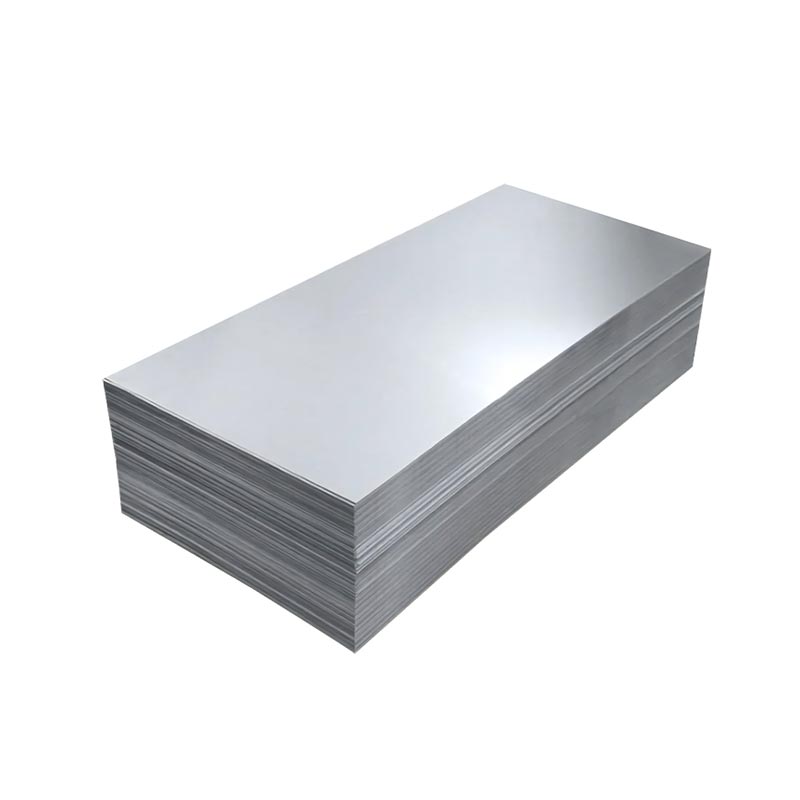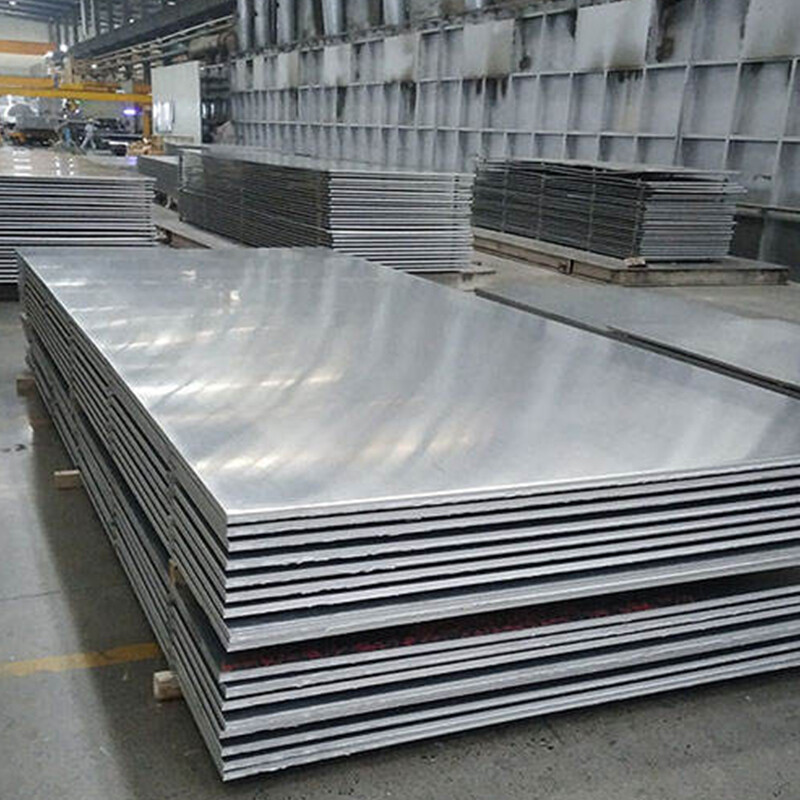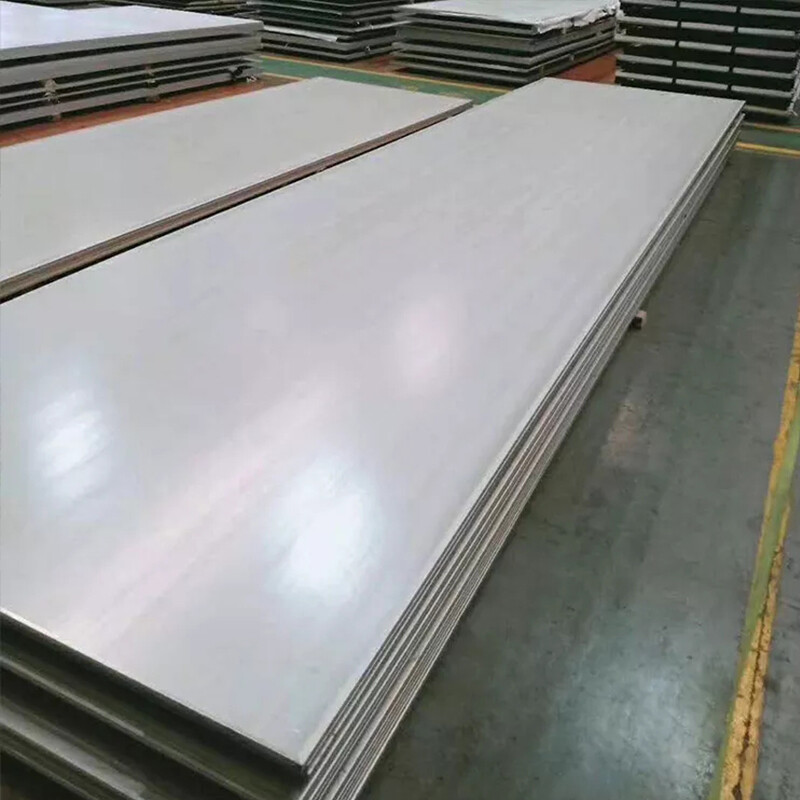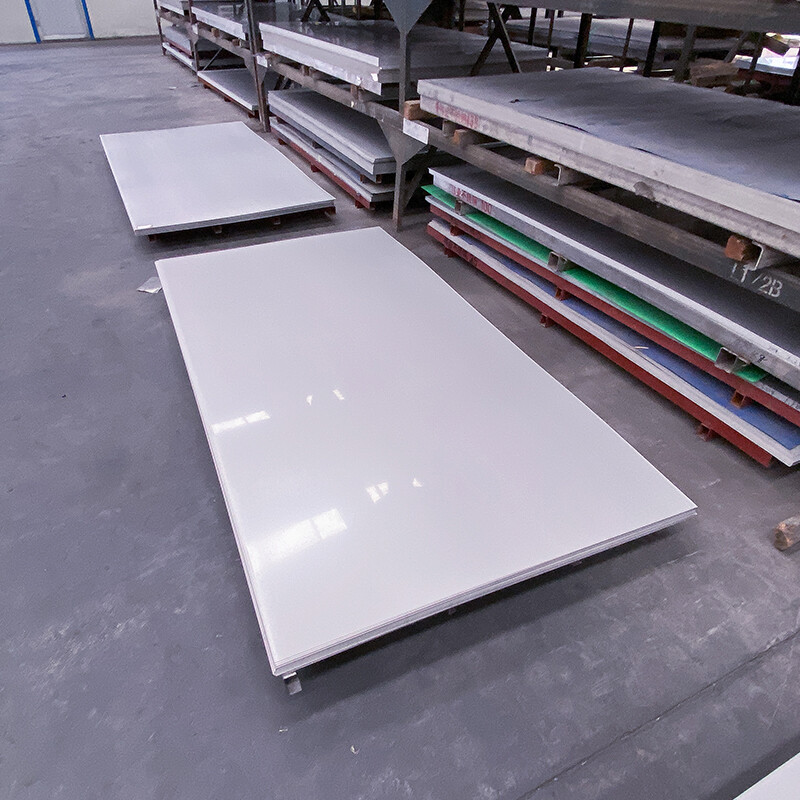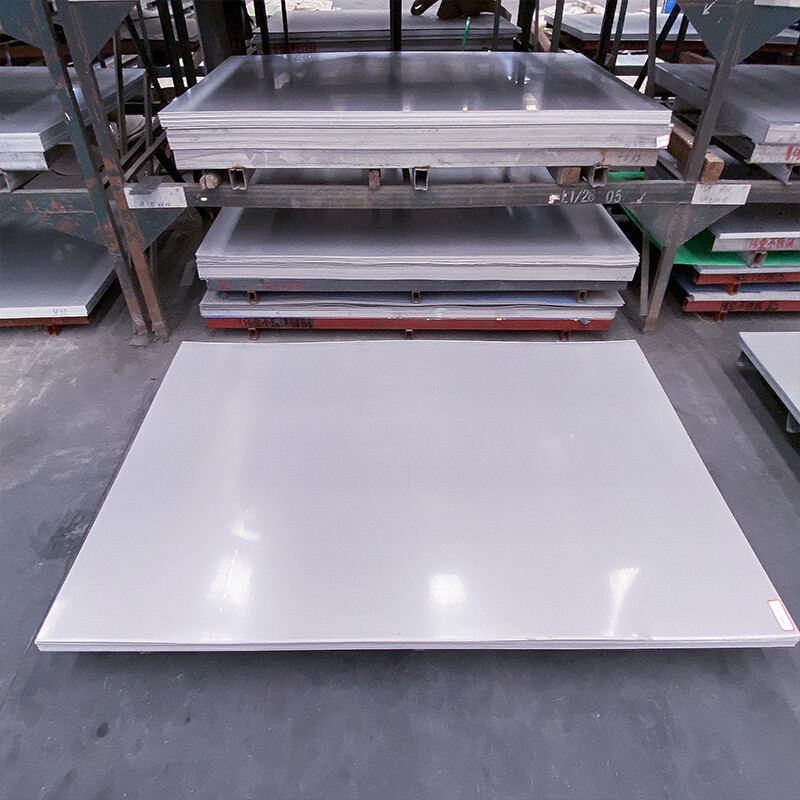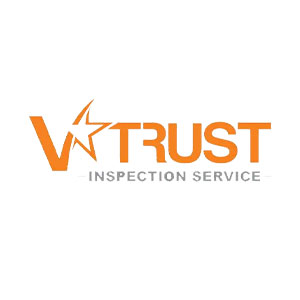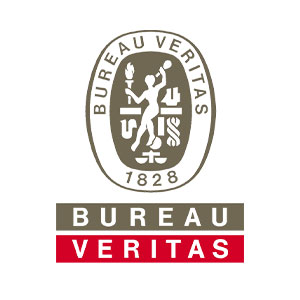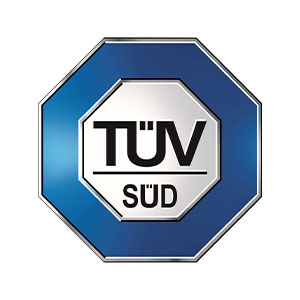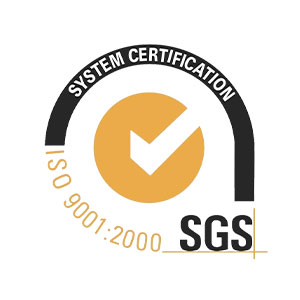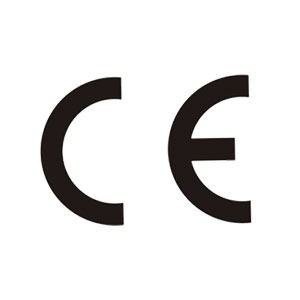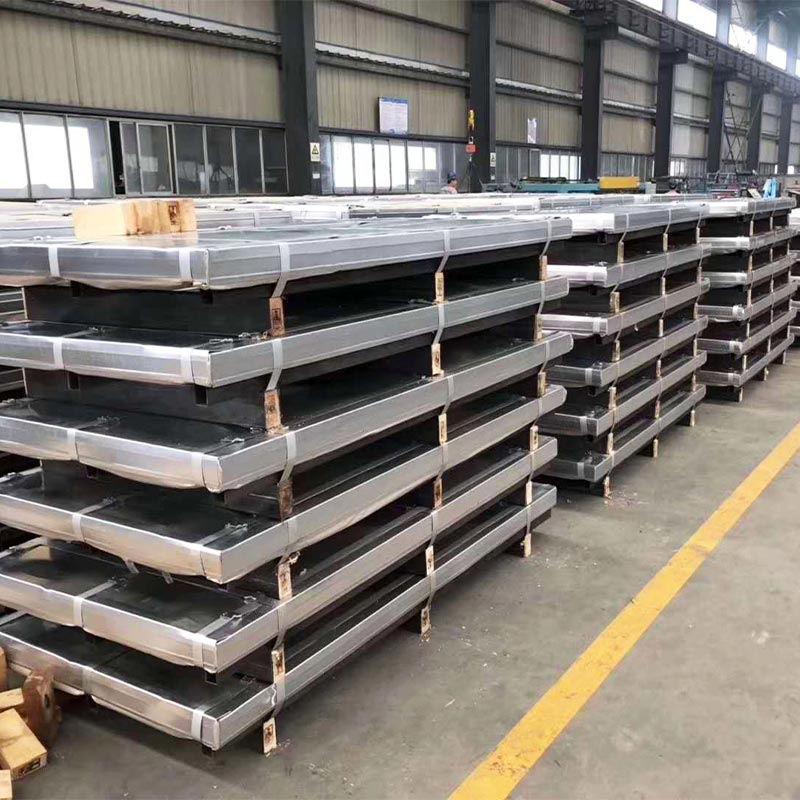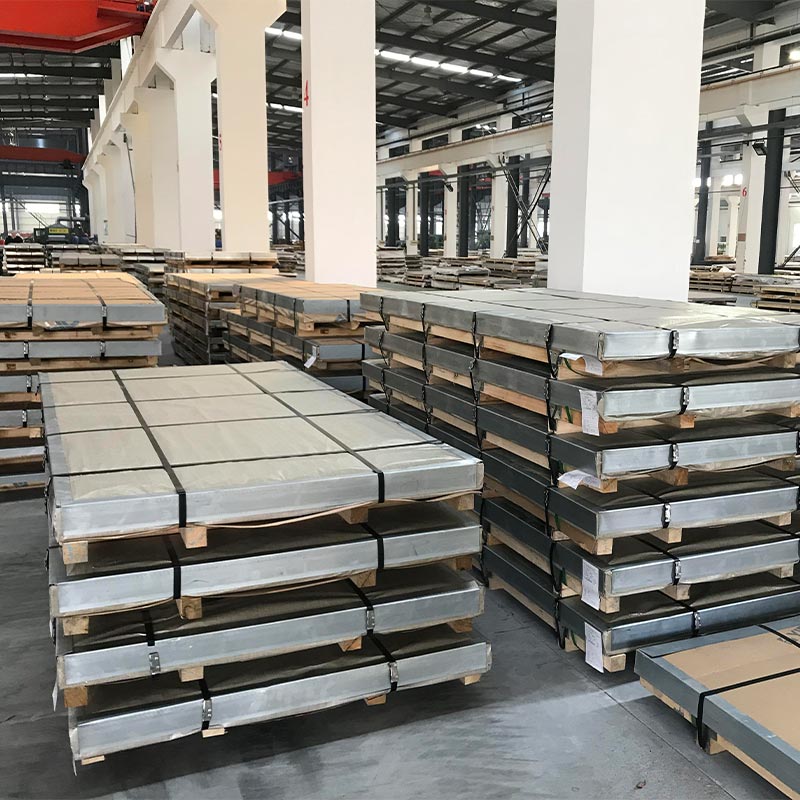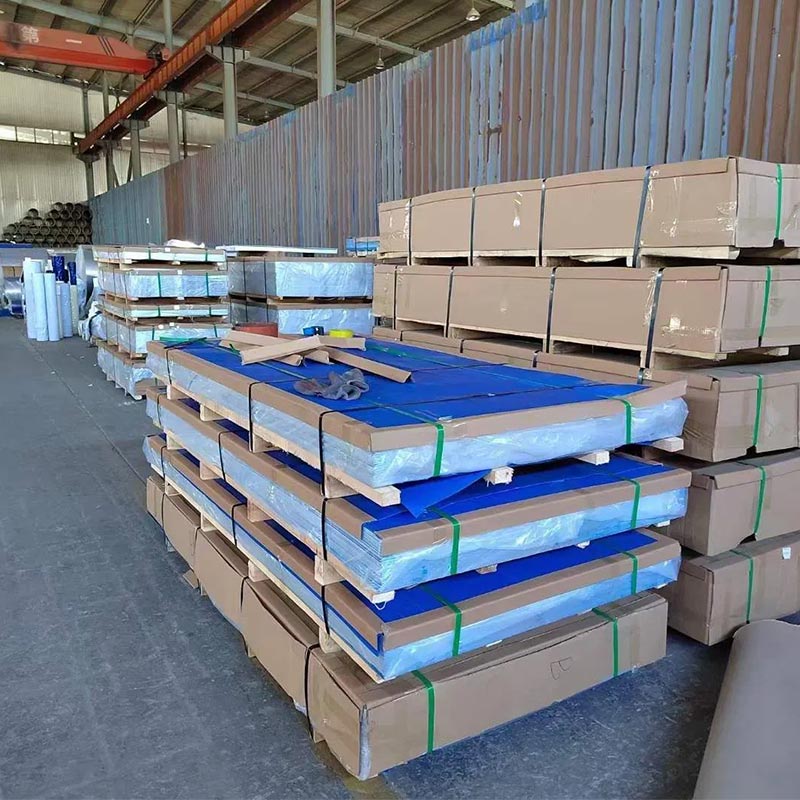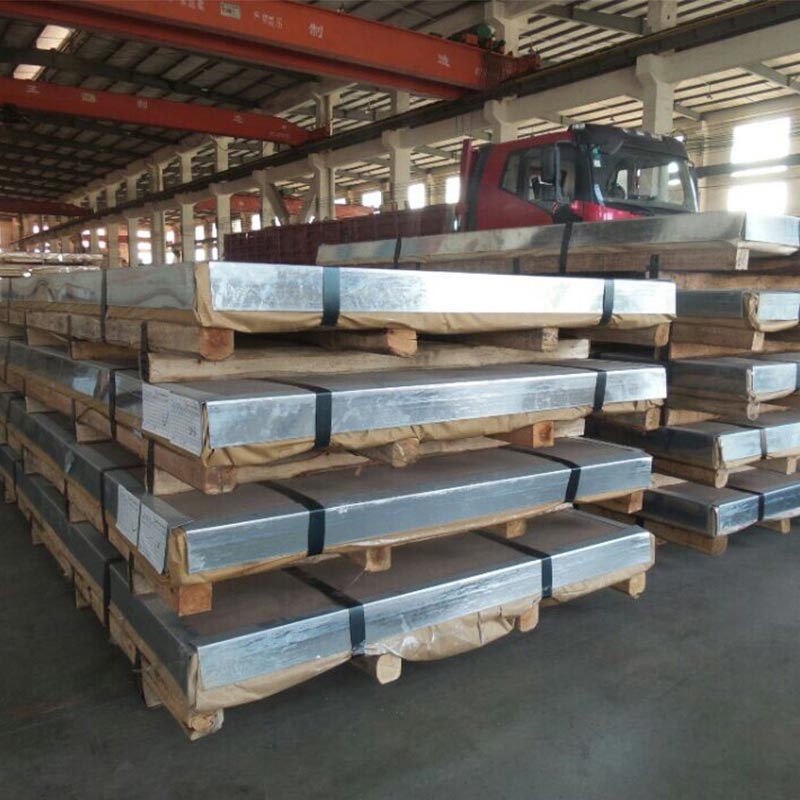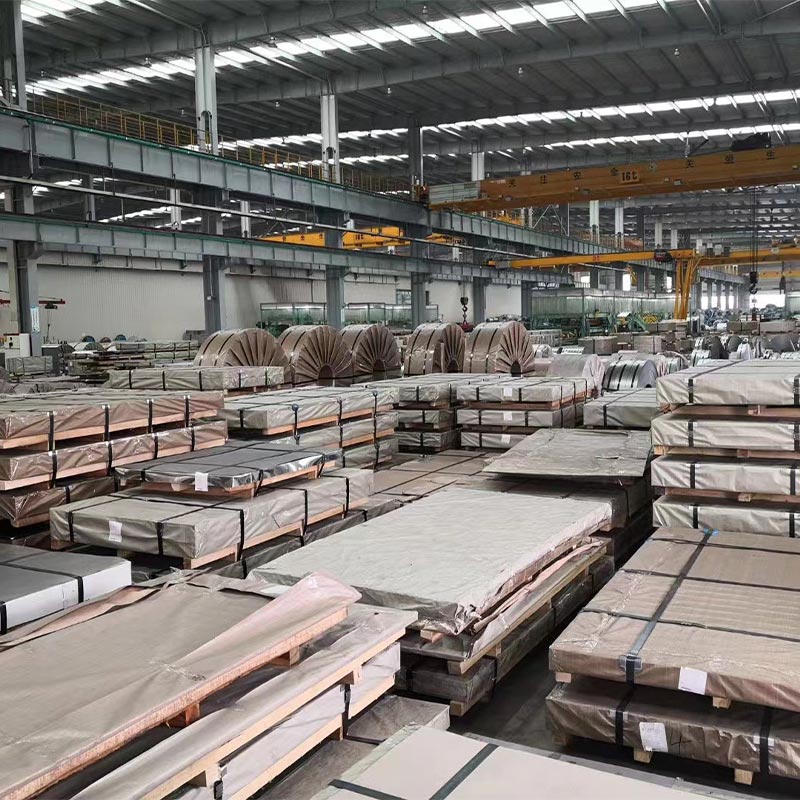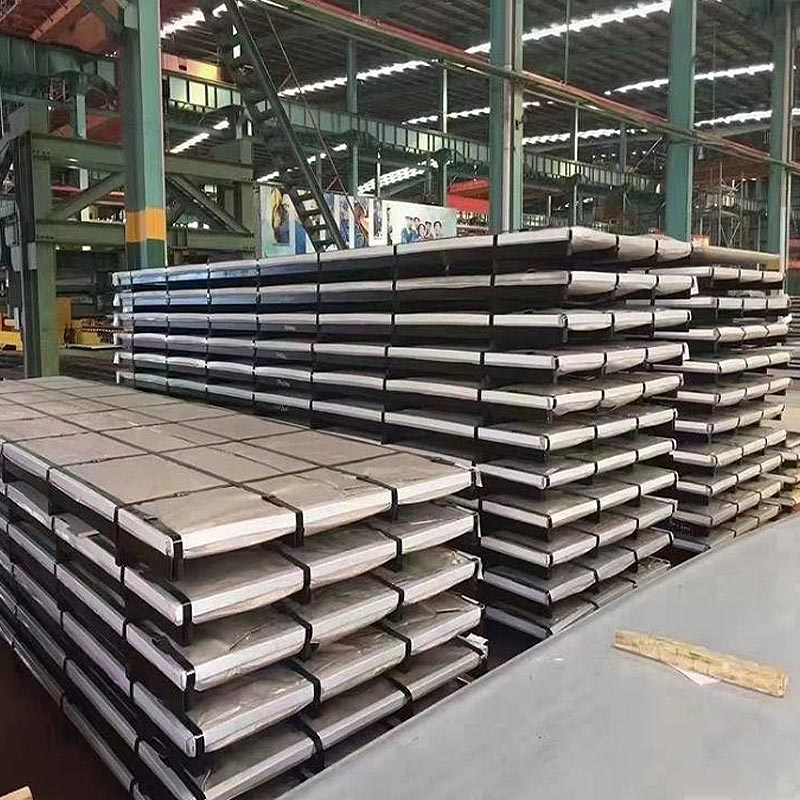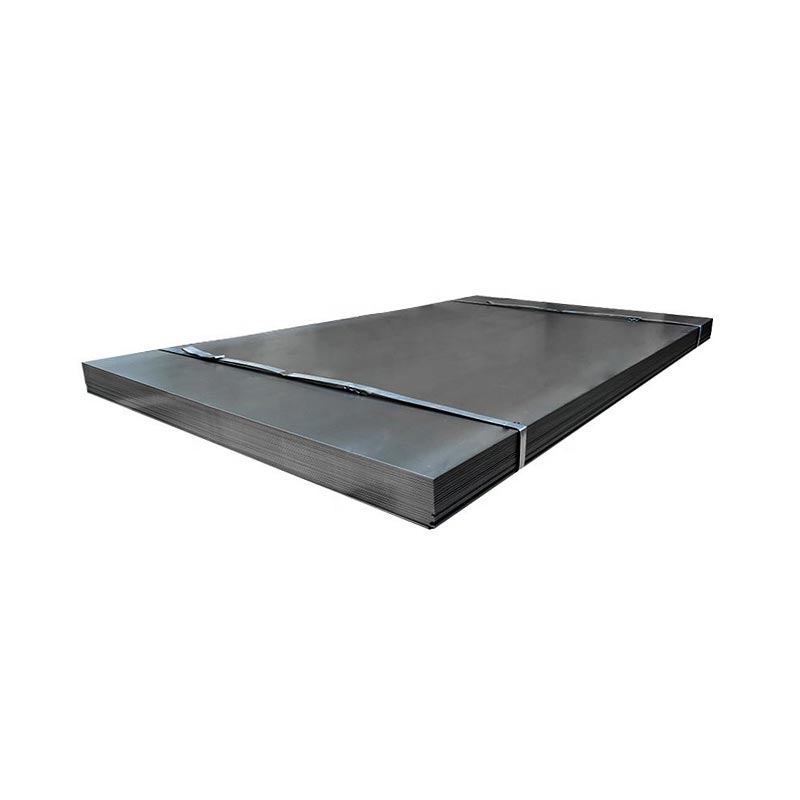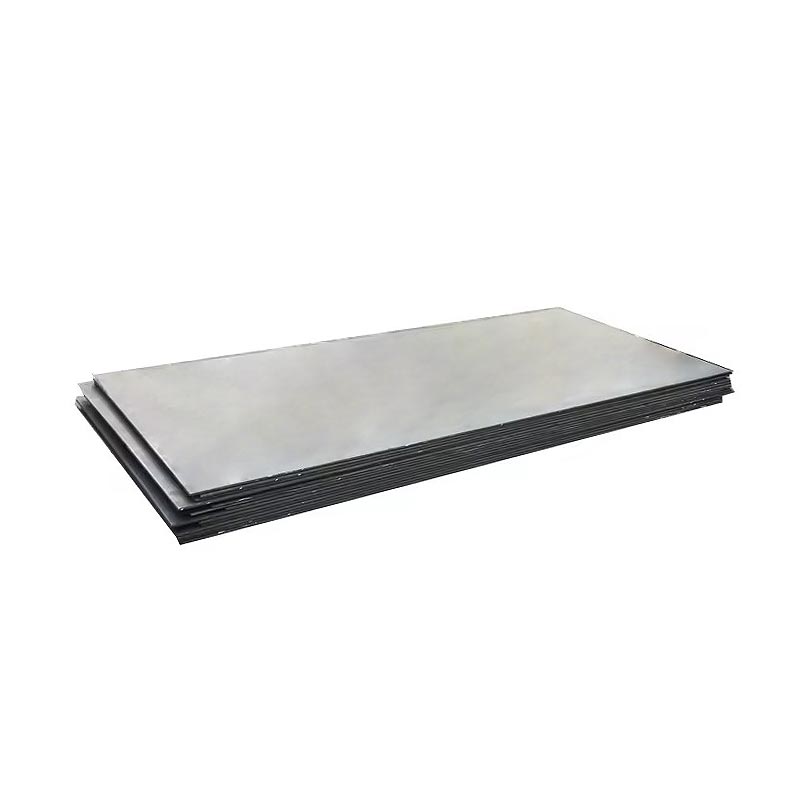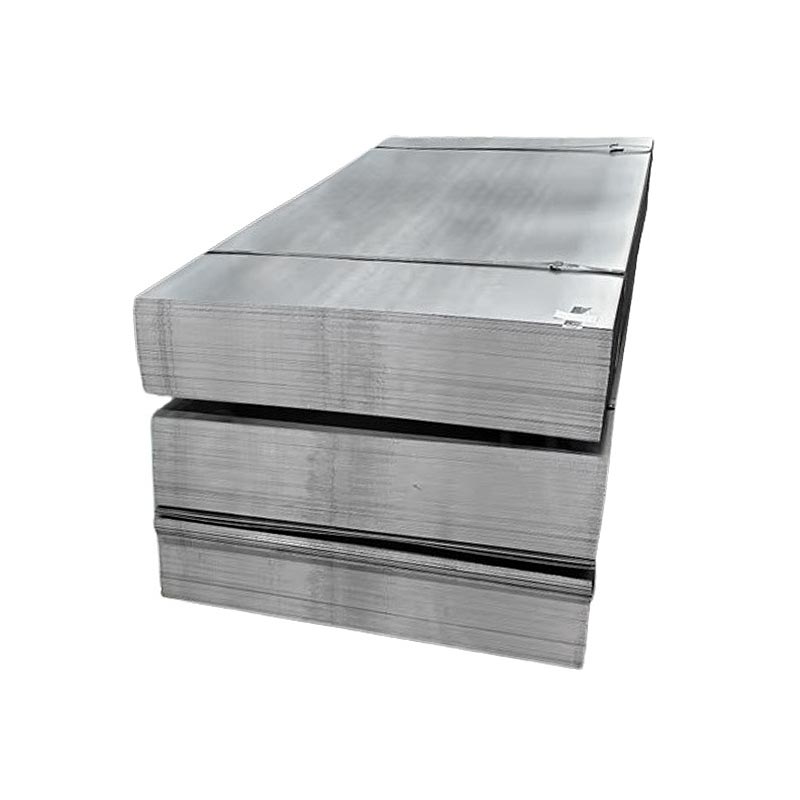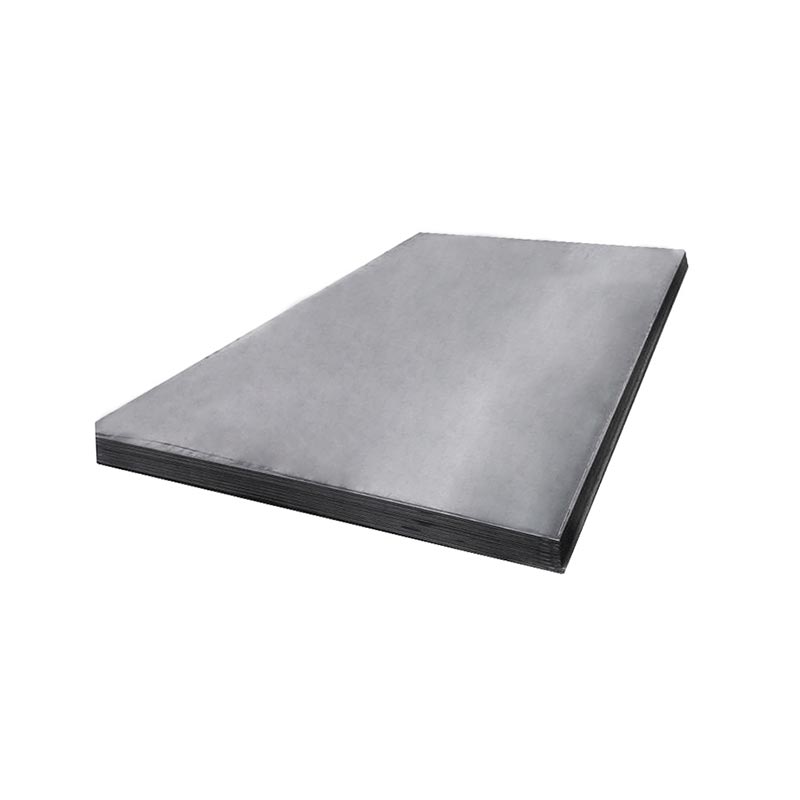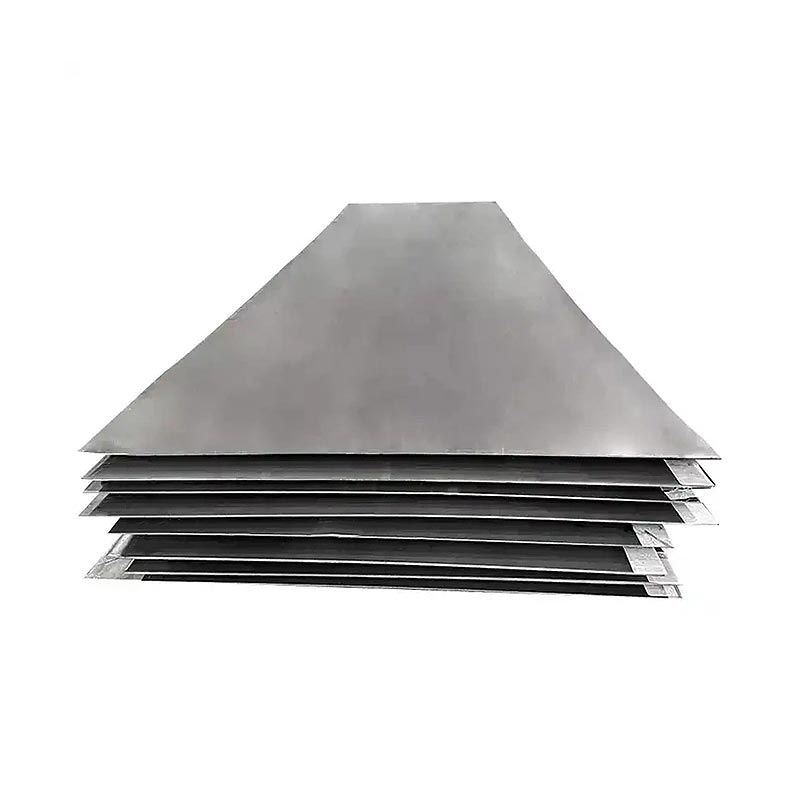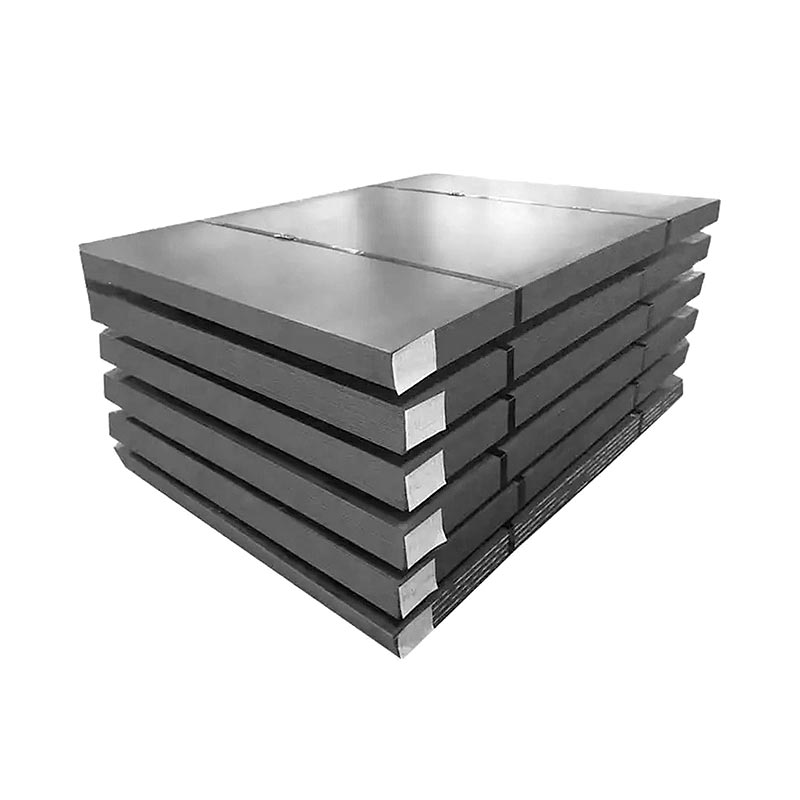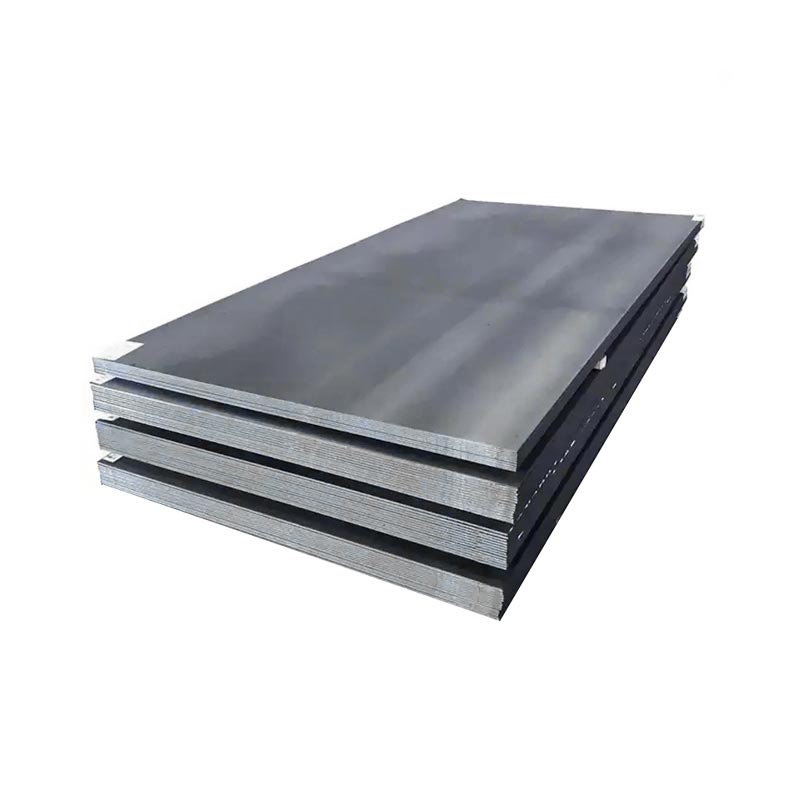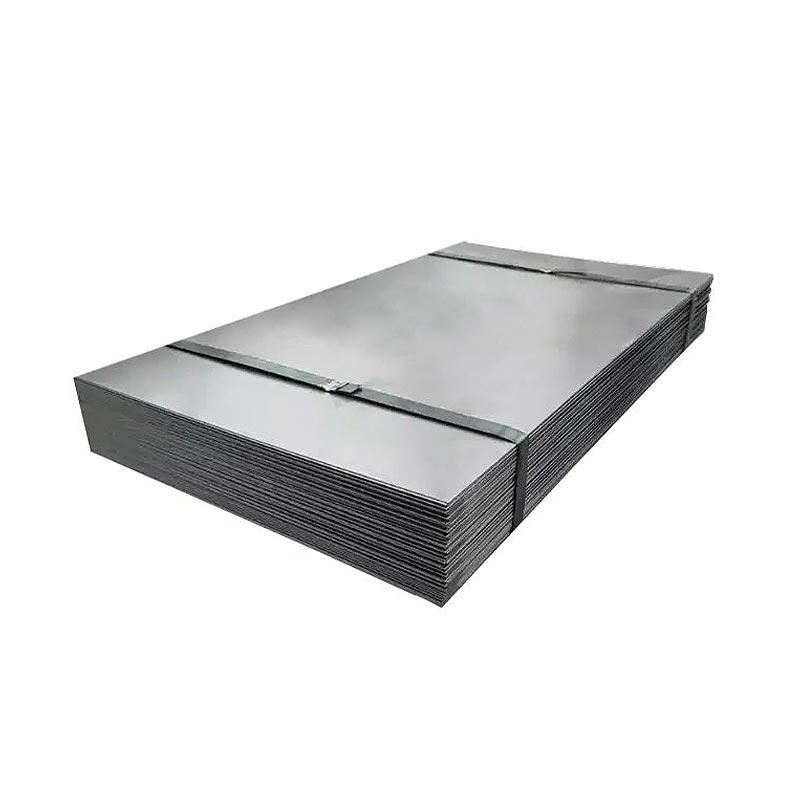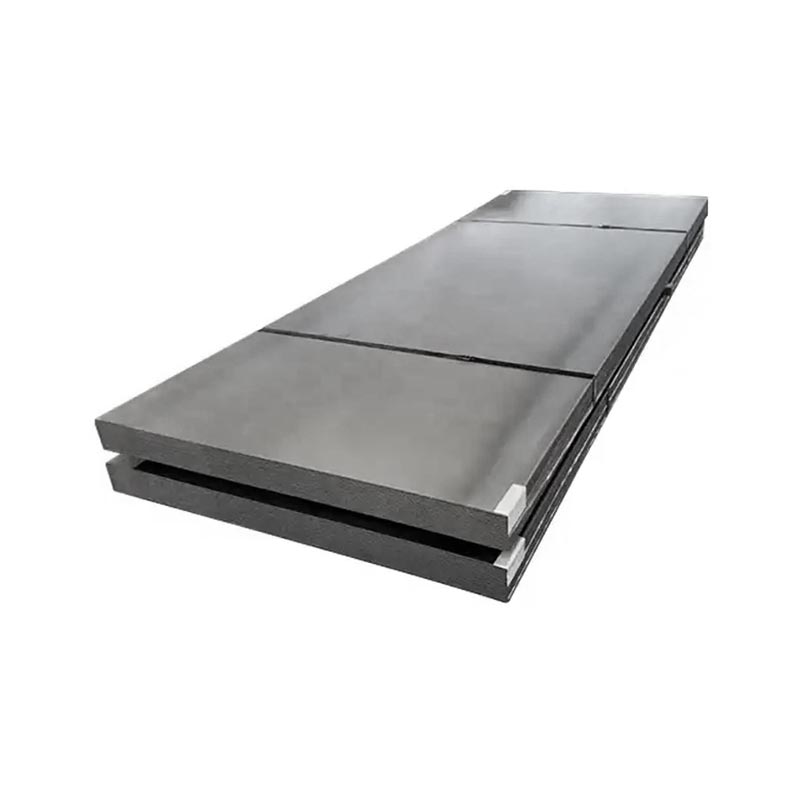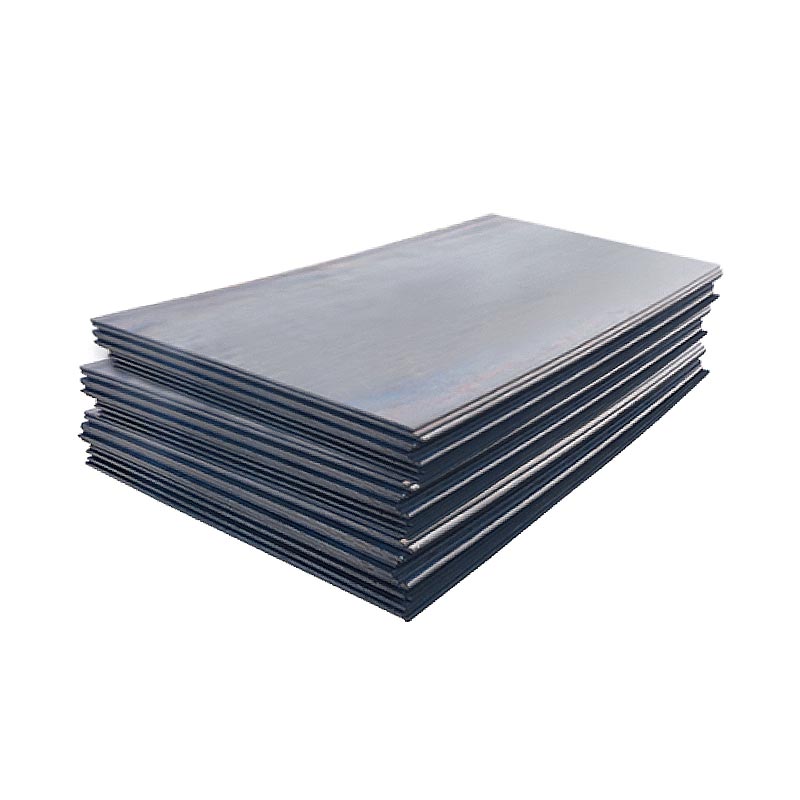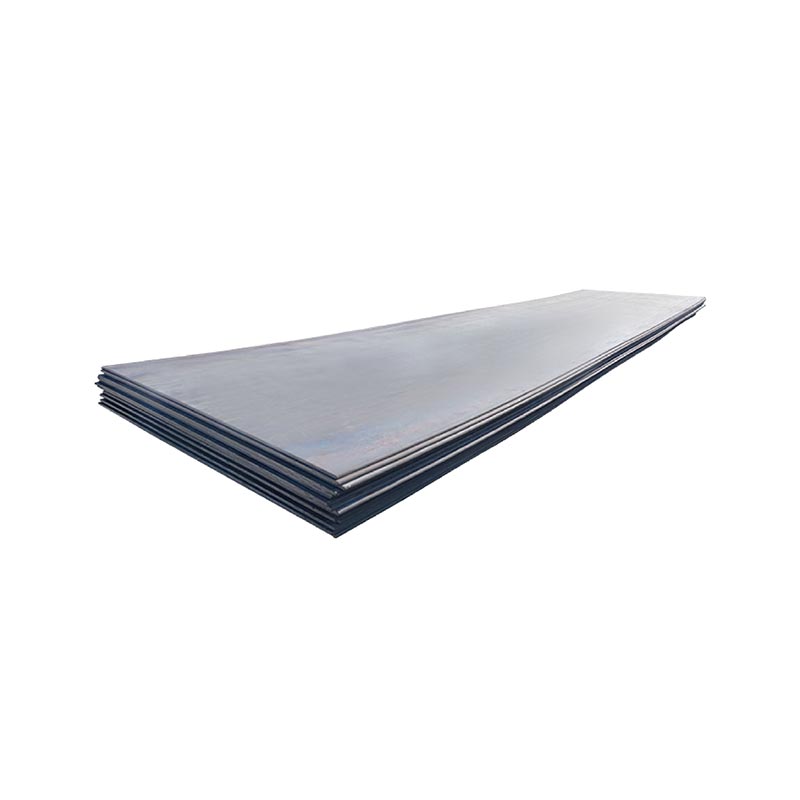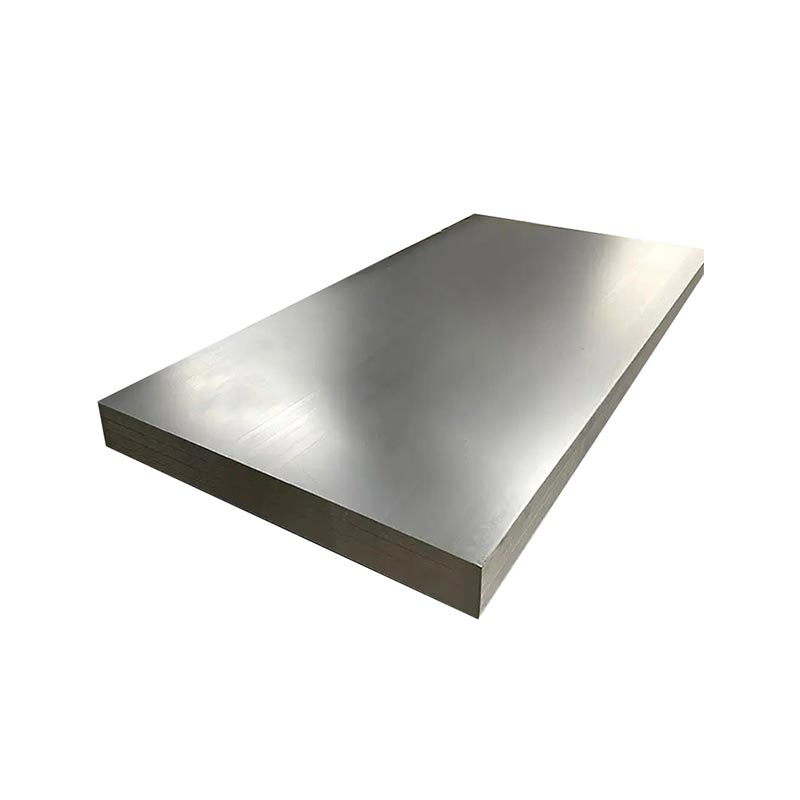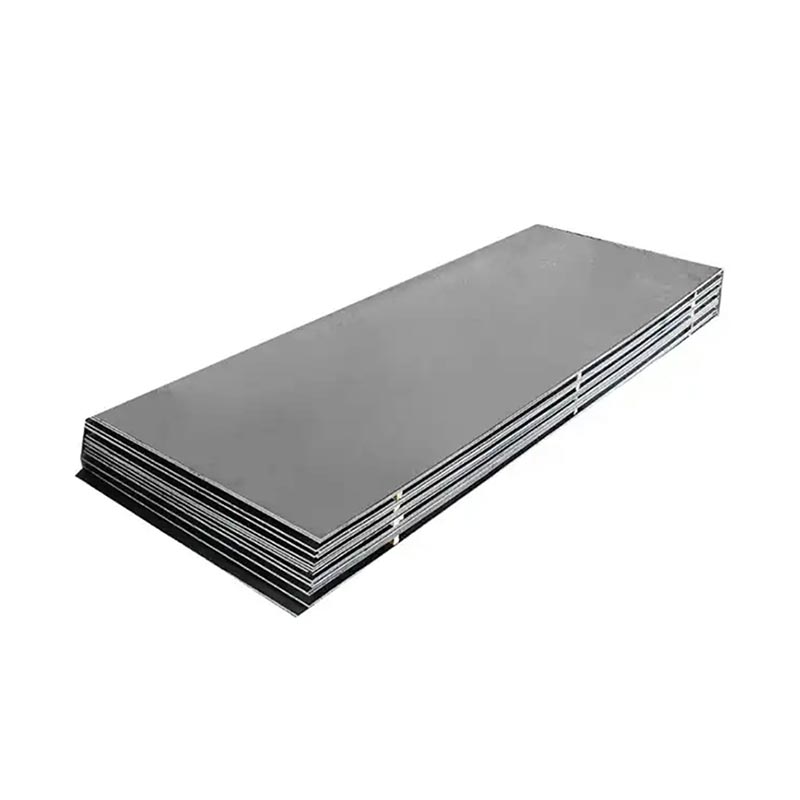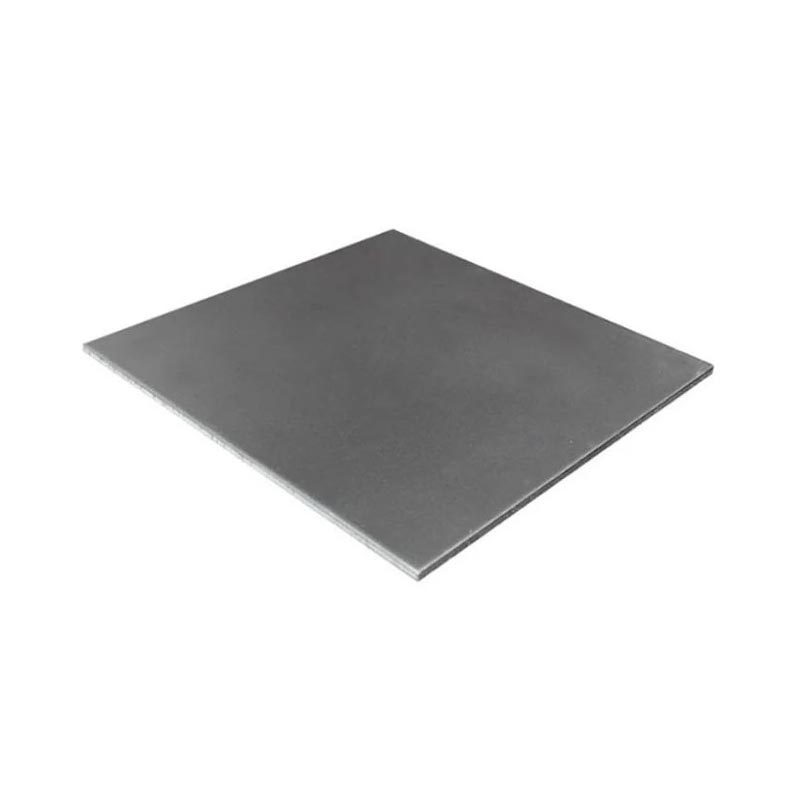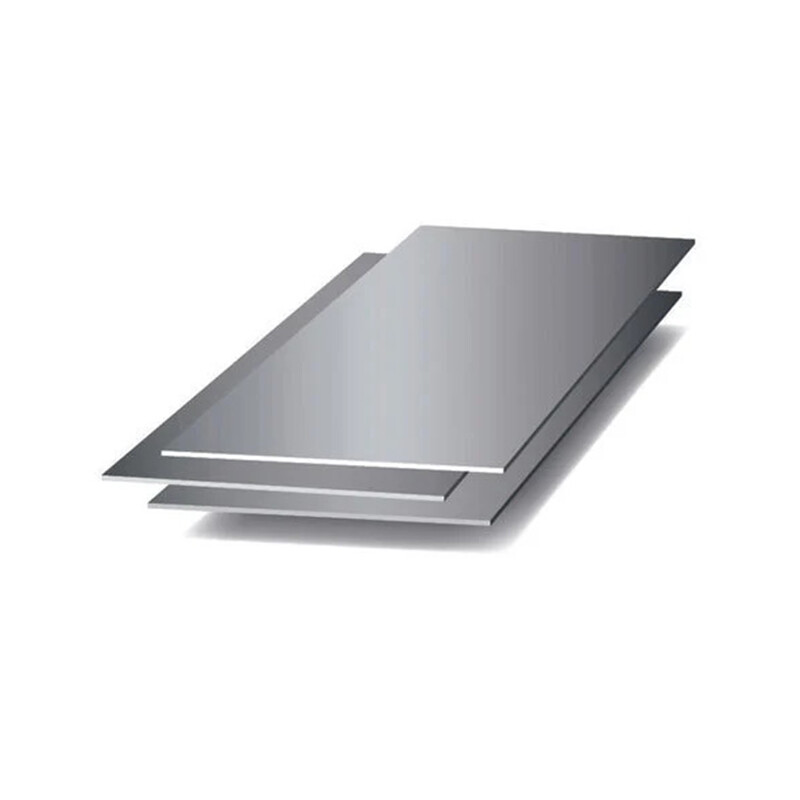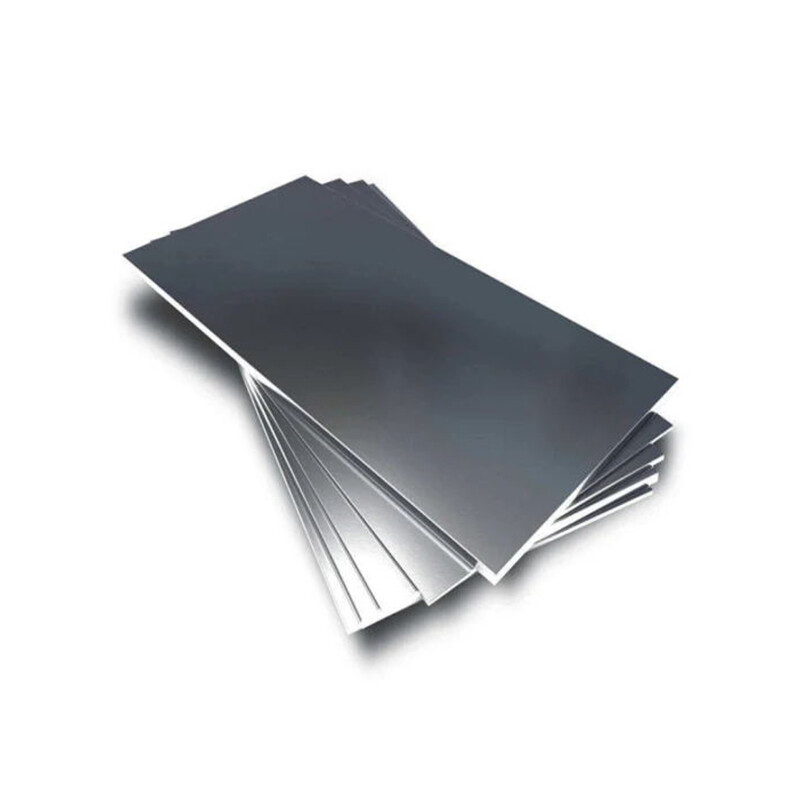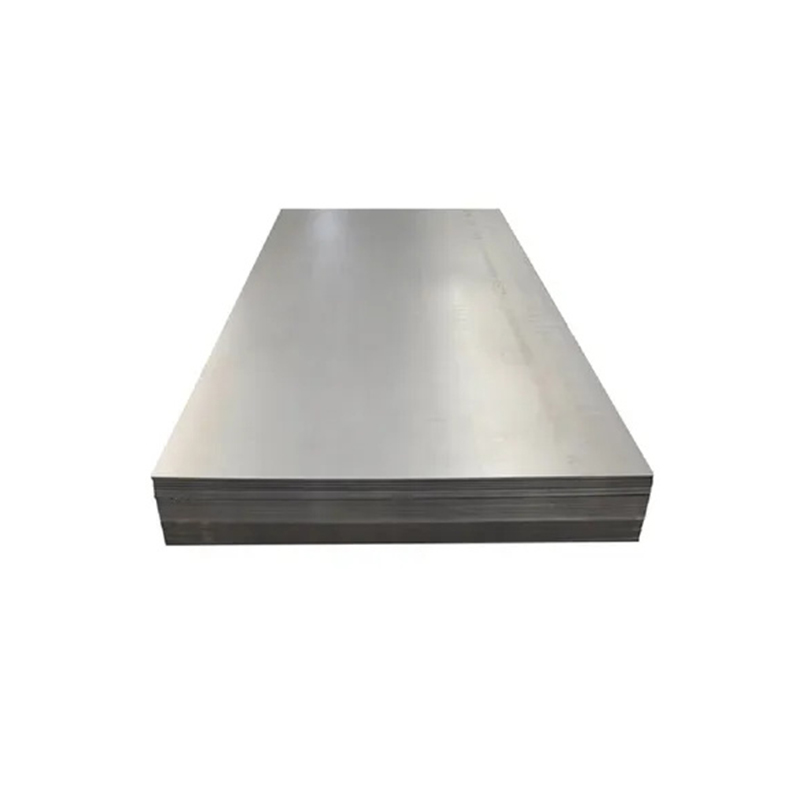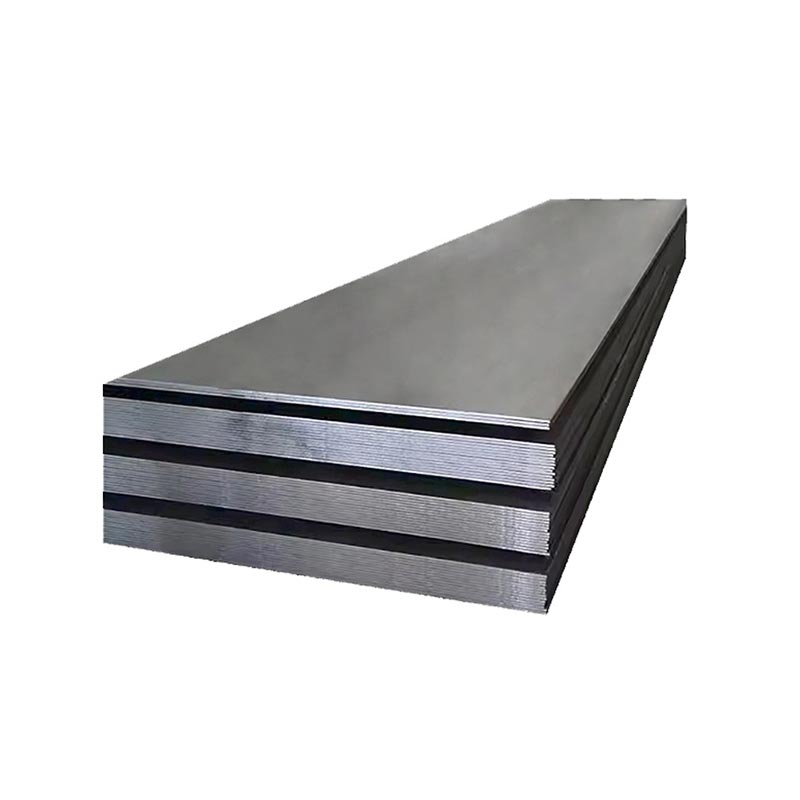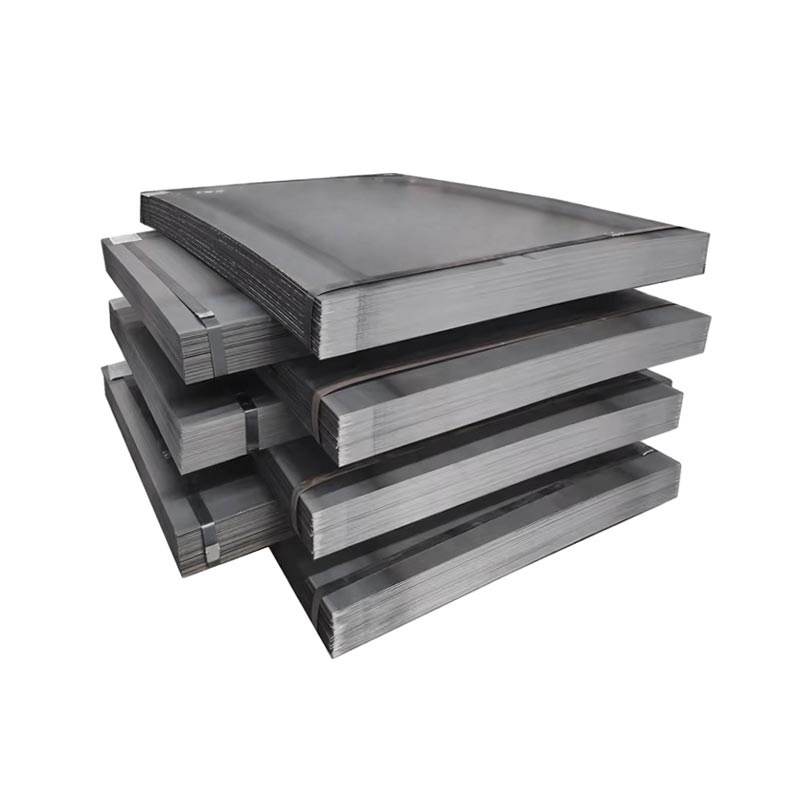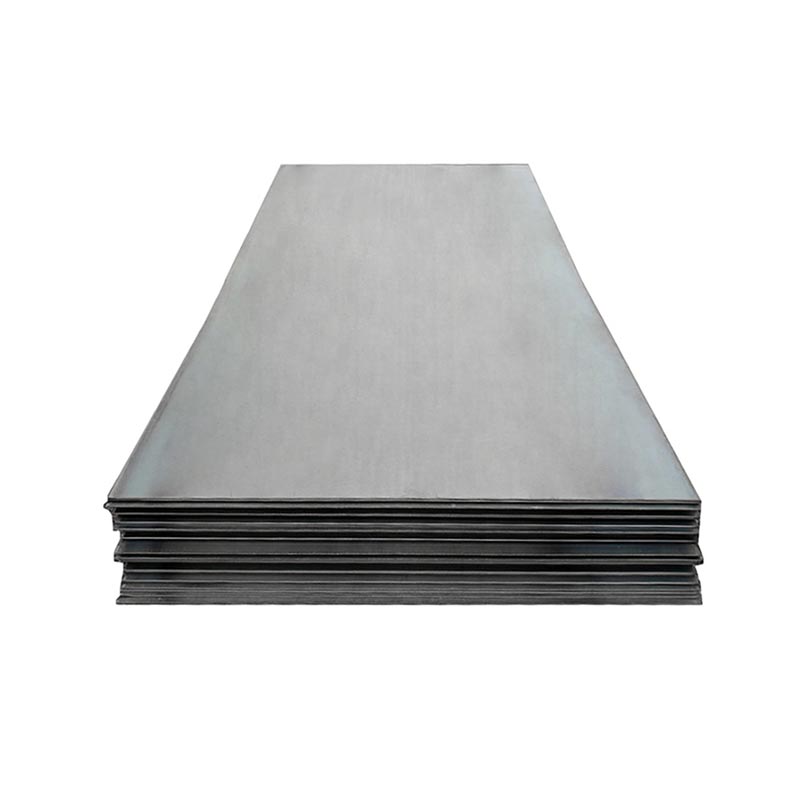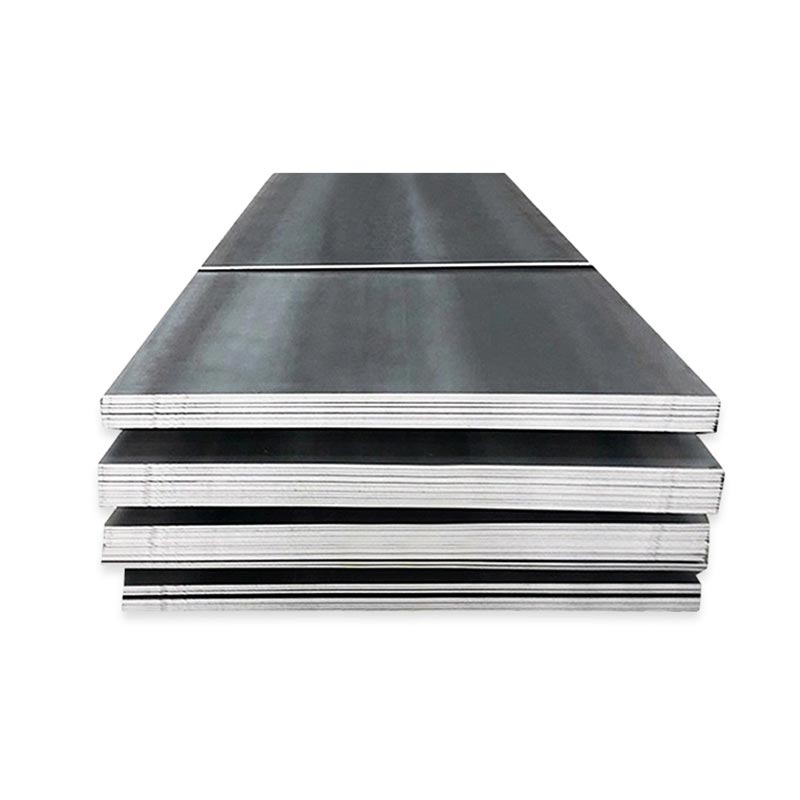Carbon Steel Plate
● A carbon steel plate is a flat sheet made from carbon steel, an alloy primarily composed of iron and carbon, with minimal other elements. It’s categorized by carbon content: low (≤0.25%), medium (0.25–0.6%), and high (>0.6%).
● Low-carbon plates offer ductility and weldability, ideal for construction or automotive parts. Medium-carbon variants balance strength and toughness, used in machinery. High-carbon types are hard but brittle, suited for tools or springs.
● Common grades include A36, S235JR, and A572. These plates vary in thickness, width, and finish, serving industries like construction, manufacturing, and energy for structural, industrial, or fabrication needs.
View Video
SPCC/SGCC/SPCD/SPCE Cold Rolled Steel Plate
SPCC, SGCC, SPCD, SPCE are cold-rolled steel plates under JIS standards. SPCC is basic low-carbon; SGCC is galvanized for corrosion resistance; SPCD/SPCE offer higher ductility (SPCE superior for deep drawing).
All have smooth surfaces, precise thickness. Used in automotive, appliances, electronics—SGCC for outdoor parts, SPCD/SPCE for complex shapes, SPCC for general forming, balancing finish and workability.
All have smooth surfaces, precise thickness. Used in automotive, appliances, electronics—SGCC for outdoor parts, SPCD/SPCE for complex shapes, SPCC for general forming, balancing finish and workability.
Get A Quick Quote!
You Can Leave Us A Message
or Send Us An Email!
Product Details
Product Parameters
Packaging and Transportation
Related Products
Leave Us Message
Please give us a message
What are you lookking for?

